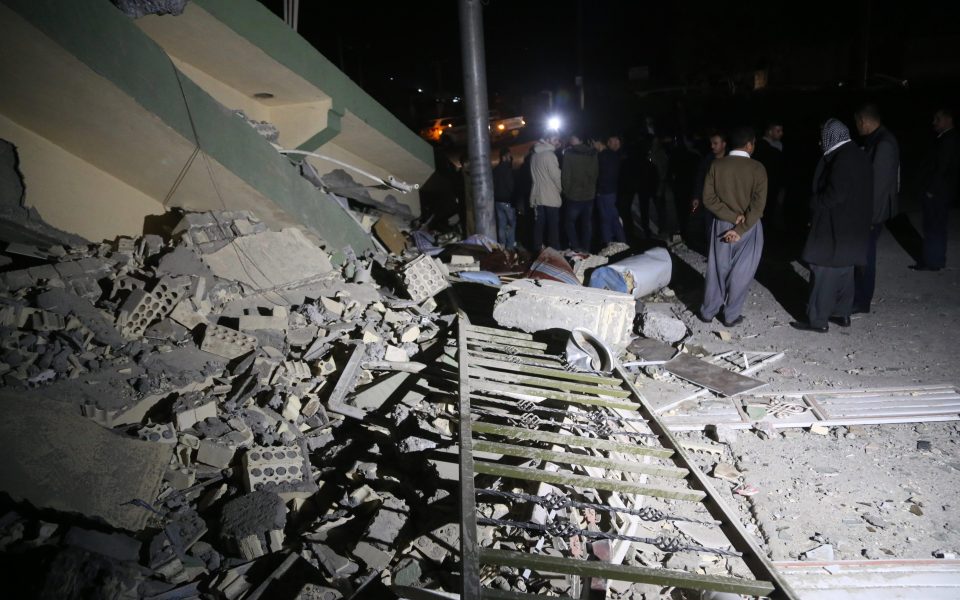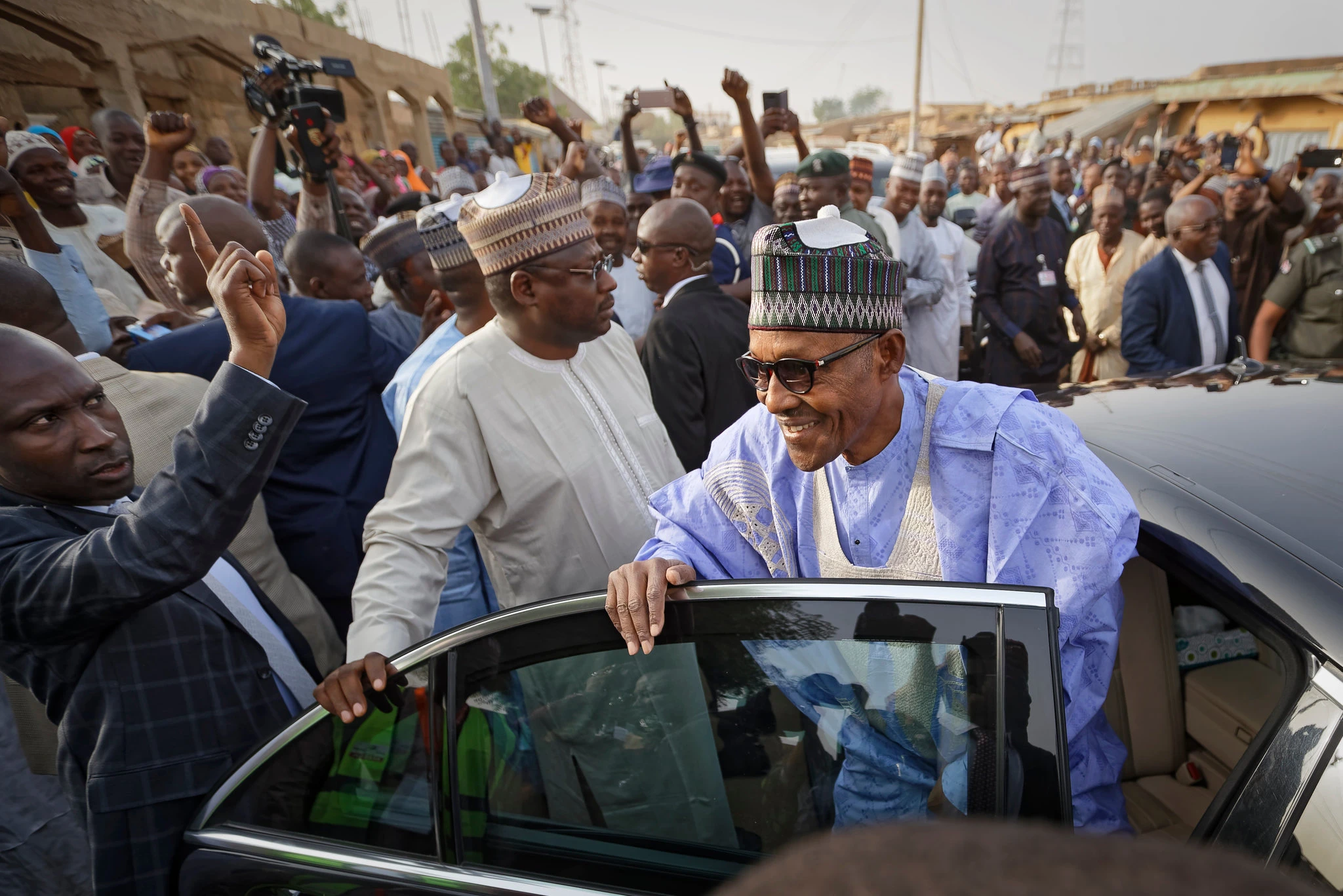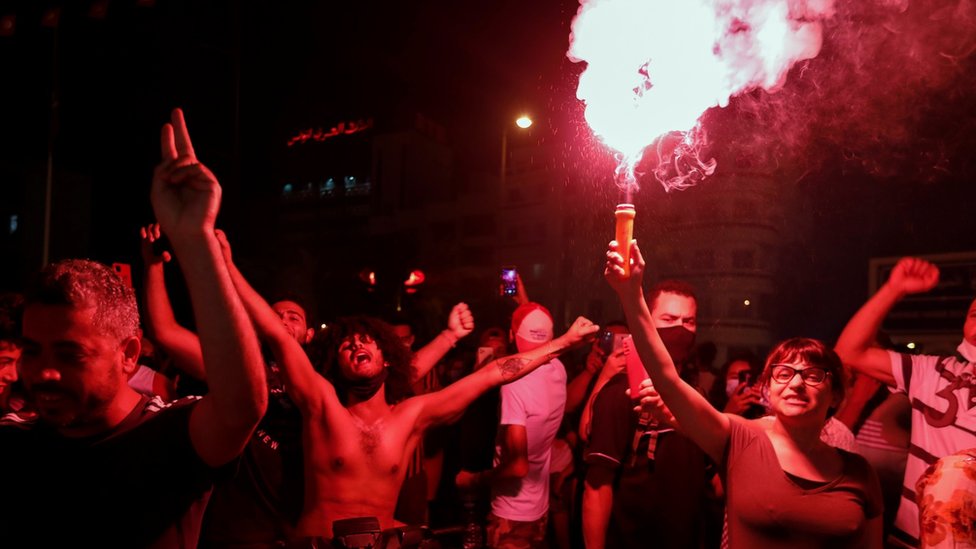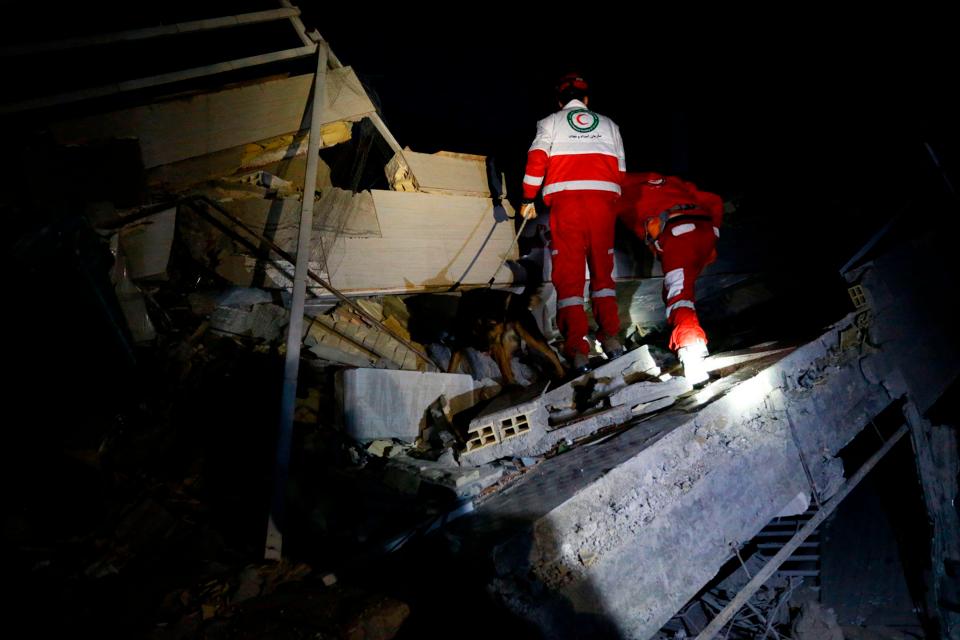
Around 70,000 people are now in need of emergency shelter after tremors were felt across the Middle East, including Turkey, Israel and the United Arab Emirates.
The quake was centred 32 km southwest of Halabjah, near the north eastern border with Iran, and struck at a depth of 25km.
The death toll has continued to climb, reaching 300 in the hours after the quake.
But the rescue effort for those impacted by the quake has been hampered by landslides and power outages, with Iran’s emergency services chief Pir Hossein Koolivand warning it was “difficult to send rescue teams to the villages because the roads have been cut off… there have been landslides”.
The main hospital in the badly affected town of Sarpol-e Zahab has been damaged, making it harder to treat those wounded.

The earthquake was felt in several provinces of Iran but the hardest hit province was Kermanshah, which announced three days of mourning.
A quake registering a magnitude between 7 and 7.9 can inflict widespread and heavy damage, with local journalists claiming the earthquake had been felt for around 20 seconds in Baghdad.
Adding to the damaging impact of the quake, many houses in rural areas of Iran are made of mud bricks that can crumble easily in a quake.
Mum-of-three Majida Ameer who ran out of her building in Iraq’s Salihiya district said: “I was sitting with my kids having dinner and suddenly the building was just dancing in the air.
“I thought at first that it was a huge bomb. But then I heard everyone around me screaming ‘Earthquake!’”
Power outages across the region have also been reported.
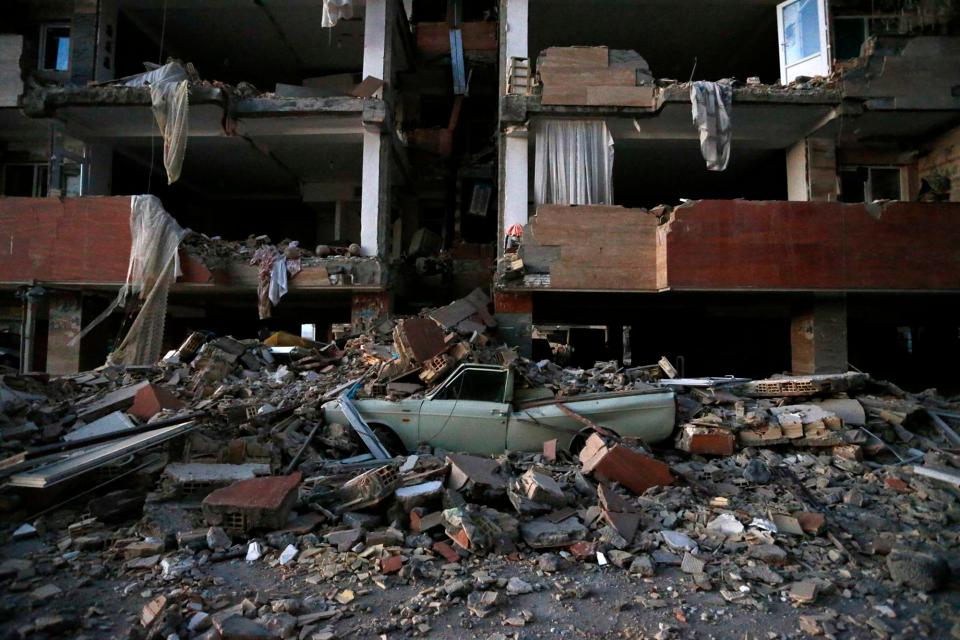
Esmail Najar, head of Iran’s National Disaster Management Organisation said “some injured people might be buried under the rubble in Ghasr-e Shirin”.
Qubad Talabani, Deputy Prime Minister of Kurdistan, almost immediately expressed his fears and condolences.
He said: “A real earthquake has just added to the political, security, humanitarian and economic earthquakes to have hit Kurdistan & Iraq.
“Praying everyone affected is safe and unharmed.”
Iraq’s meteorology center advised people to stay away from buildings and not to use elevators, in case of aftershocks.
In June 1990, a 7.4 quake struck 400 km to the northeast of today’s event, and caused between 40,000-50,000 fatalities in the Rasht-Qazvin-Zanjan area of Iran.

